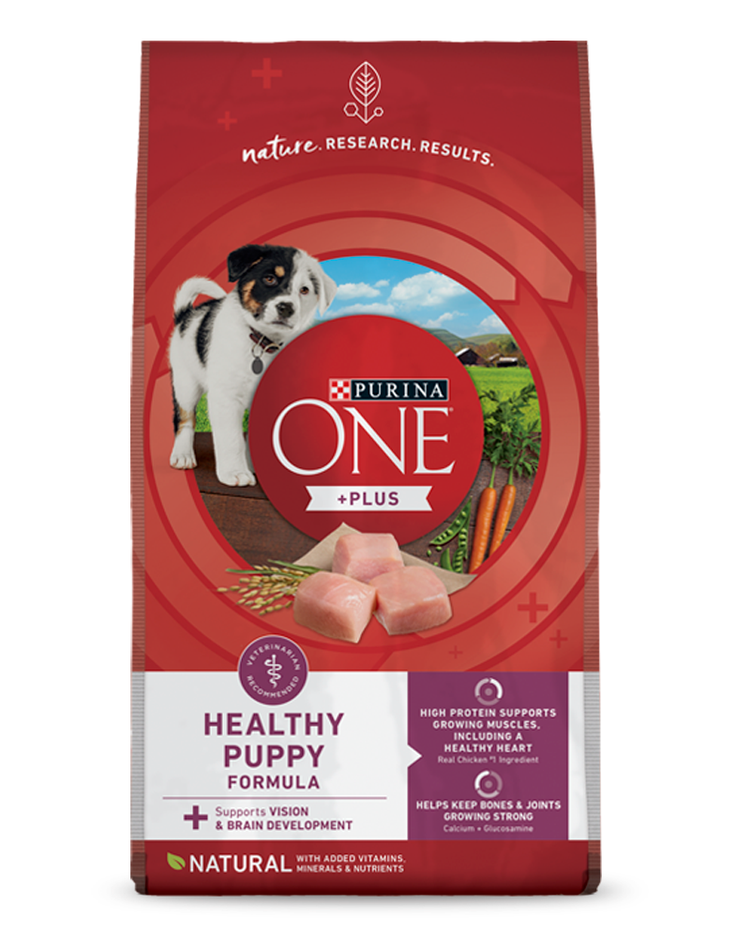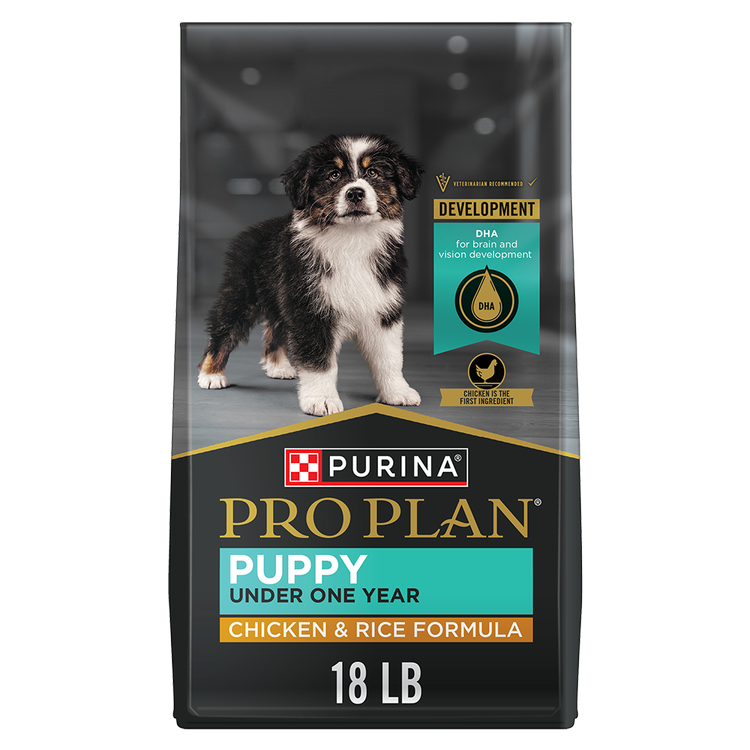Puppy Microchipping: Everything You Should Know


Congratulations on becoming a new puppy parent! When you look into that sweet, trusting face, you know that your puppy is depending on you to keep them happy and healthy. And that you will do everything in your power to keep your new puppy safe. One of those things should be getting a puppy microchipped as soon as possible after bringing them home.
Do Puppies Need to Be Microchipped?
In an emergency, even a puppy with the most conscientious pet parents can become separated from their home or family. In this kind of situation, a puppy not microchipped has a lower chance of being returned to their family if they are found. The simple step of “microchipping my puppy” is a way to provide an important connection that can reunite a lost puppy with people who are searching for them.
What is Puppy Microchipping?
Puppy microchipping is a process in which a microchip about the size of a large grain of rice is inserted under the skin through a large needle. This process takes about as much time as a vaccination. The microchip stays under the skin and can be detected when a handheld scanner is run over your puppy’s body.
Benefits of Microchipping a Puppy
New puppy owners might ask, Do puppies need to be microchipped? When you think about the possibility of your puppy wandering off through an open front door or gate, getting away during an emergency situation such as a fire or storm, or even getting loose while enjoying a jog in the park with you, consideration tends to shift from puppy microchipping pros and cons to, Where can you get a puppy microchipped?
For your family and for your puppy, getting microchipped adds extra security and a potentially lifesaving link. If your future plans include traveling with your puppy, this can be especially important.
A collar with an I.D. tag, which experts recommend for all dogs, is an easy way to immediately identify your puppy as a pet, and to make ownership information readily accessible to anyone who might find them. While helpful in many situations, this form of identification can, however, become separated from your puppy.
A microchip, on the other hand, is inserted just under the skin. So, it stays with your puppy and can’t be lost. The size of a tiny grain of rice, it provides information for a registry where your ownership information can be found. As long as you register your puppy’s microchip and keep ownership information, including address and phone number, up-to-date, any veterinary office or shelter with a microchip scanner can access it and provide it to the person who finds your puppy.
How to Tell if a Puppy is Microchipped
Once it’s inserted, you won’t see a puppy microchip lump. The microchip is invisible to the eye and shouldn’t be felt by your puppy. You might be able to feel the implant—just feel between your puppy’s shoulder blades for something under the skin shaped like a long grain of rice. If your puppy has a healthy body weight and is microchipped, the implant is usually easy to find.
If you’re not sure whether your puppy is microchipped, the other way to find out is to have them scanned by your veterinarian. If your puppy is found and brought to a shelter or veterinary clinic, scanning for a microchip is one of the first things the staff will do.
When Can a Puppy Be Microchipped?
As a new pet owner, you might wonder, When should I get my puppy microchipped? The answer to the question, At what age can a puppy be microchipped?, is best provided by your vet, depending on your puppy’s size and development. A general guideline, however is that the microchipping puppy age starts at about 8 weeks.
Does Microchipping Hurt Puppies or Cause Side Effects?
Implanting a microchip in a puppy is quick and considered relatively painless. Like a vaccination, the microchip is inserted under the skin through a big needle. Sometimes there is an opportunity to implant a microchip while a puppy is anesthetized for spaying or neutering, but it can also be done during an office visit while your puppy is awake.
Because a microchip doesn’t have a battery or any moving parts, it should not affect your puppy. It remains inactive until it picks up the energy generated by a microchip scanner, so it will last a lifetime and will not need to be replaced.
How Much Does Microchipping a Puppy Cost?
The answer to the question, How much does it cost to get a puppy microchipped? varies from one veterinary clinic to the next, but the range usually runs from around $70 to $100. This puppy microchipping cost is an investment that can prove to be invaluable should your puppy ever become lost.
If you adopted your puppy from a shelter, they may already be microchipped. Some shelters or rescues are able to offer free puppy microchipping or will include the puppy microchipping price in their adoption fee.
How to Microchip a Puppy
Now that you’ve learned more about microchipping, your next question will likely be, Where can I get my puppy microchipped? Your best resource for where to get your puppy microchipped is your veterinarian’s office. You buy the chip there, and the veterinary staff implants it.
They will also provide you with the microchip manufacturer and identification number, plus other information you need to register your puppy’s microchip through an online registry. It’s essential that you go online and complete the registration process immediately, so that if your puppy is found and their microchip is scanned by a veterinary clinic or shelter, you can be contacted and reunited with your canine companion.
Also, if you move or get a new phone number, remember to keep your puppy’s microchip registry information updated. It’s one more way to provide your puppy with potentially lifesaving support, and a way home, wherever you may be.
For more helpful training insights, check out the myPurina app.
For more expert tips on getting a puppy, explore our other getting a puppy articles.
For your own personalized dog training plan, download Zigzag, the most advanced dog training app, for free and unlock 1 month of Premium Access with unlimited lessons, tailored guidance, and 24/7 expert support using code PUR30 at payment.
Install Zigzag for free now to get started

Be Rewarded for Your Purina Purchases
Earn and redeem points for Purina products with myPurina app.






